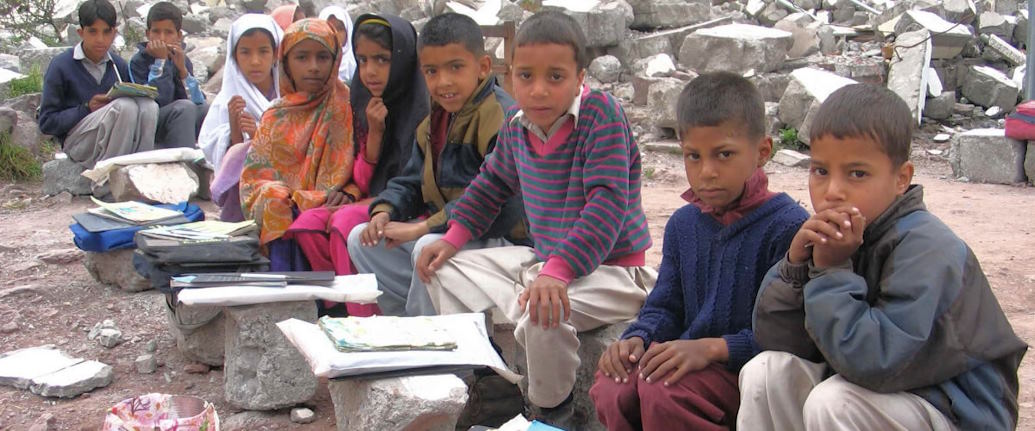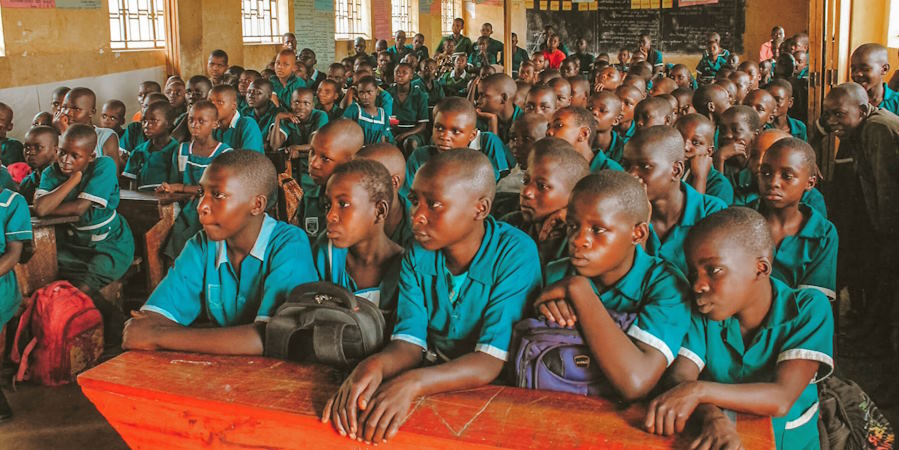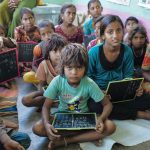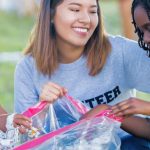Education is like a bright light that can help people improve. It teaches important things and opens doors to a brighter future. But, for many people, getting a good education is not easy. They face different problems that stop them from going to school and learning.
What groups of people suffer the most?
Several groups encounter barriers to education, making it difficult for them to access quality learning opportunities. These groups include:
Socioeconomically Disadvantaged People
For socioeconomically disadvantaged individuals, the educational obstacles are often rooted in financial limitations. These individuals and their families may struggle to afford basic educational necessities, such as school fees, textbooks, uniforms, and transportation. Additionally, the cost of extracurricular activities or tutoring can be prohibitive. As a result, children from low-income backgrounds may be forced to forgo education or work to help support their families.
Girls and Women
Gender-based barriers to education remain a significant challenge in many parts of the world. Girls and women often face cultural norms prioritizing boys’ education over theirs. Early marriage, domestic responsibilities, and inadequate access to sanitary facilities in schools can further hinder their educational opportunities.

Racial and Ethnic Minorities
Racial and ethnic minority groups confront educational disparities from discrimination, stereotypes, and cultural biases. These biases can result in unequal access to educational resources, unequal treatment from teachers and peers, and lower expectations for academic success.
Individuals with Disabilities
People with disabilities often face physical and attitudinal barriers within the educational system. Inaccessible school facilities, lack of appropriate accommodations, and negative attitudes can limit their ability to participate fully in educational activities.
Rural and Remote Communities
Residents of rural and remote areas grapple with geographical barriers to education. These communities may lack well-equipped schools, experienced teachers, and adequate educational resources. Additionally, students in these areas may face long and arduous commutes to school, leading to high dropout rates. Bridging the urban-rural education gap often requires innovative solutions like online learning programs and mobile classrooms.
Conflict-affected and Refugee Populations
Conflict and displacement disrupt the education of millions of children and adults worldwide. In conflict zones, schools are often destroyed, and teachers and students face threats to their safety. Refugees may encounter overcrowded and under-resourced schools in host countries.









